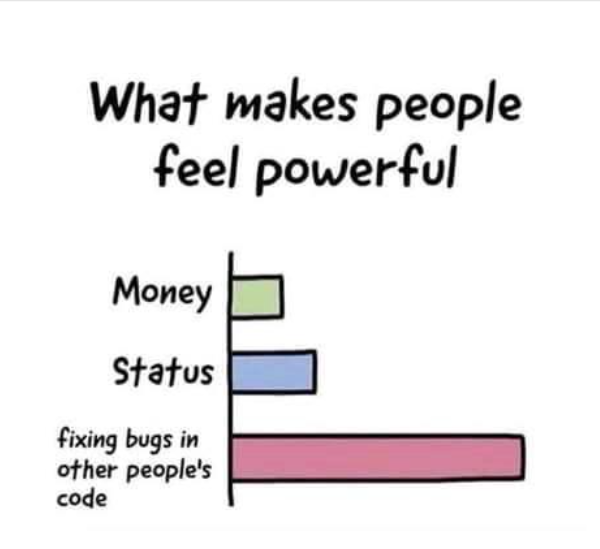AI in Dentistry: what it is, what it is not and how it will affect you!
by Nikos Mattheos, DDS, MASc, PhD
Back in the ‘80s Michael Knight brought Artificial Intelligence to our tv screens in the shape of a talking and thinking car. In the same era we can trace the seeds of what we call AI today, not in Knight Rider’s car, but in the effort of programmers to develop a software which could correct their mistakes. Some thirty years later and suddenly AI is everywhere, including all over dentistry, where claims of “AI-powered” start to show up next to almost any product or service from scanners to toothpicks. But is that so? How can we tell the true AI from the hype? And can it truly transform the way we practice dentistry? Today we start from the basics, telling the revolution from hype…!
What is an algorithm
To start with, an algorithm is nothing new, it’s as old as our effort to give clear directions and instructions to someone. You prepare an impromptu algorithm every time a lost tourist asks you how to get to the city square: “turn left at first street, continue till you see a big white temple, then turn right and walk straight about 200 m”. In the beginning we were creating algorithms to direct each other, but at some point we started directing machines too.
My first close encounter with the algorithmic logic was as a teenager, when I started learning BASIC, a popular computer language that came with the first “home micros”. By using a set of conditions, commands and rules we could programme the computer to perform different tasks. Usually this algorithm was thousands of long lines of bizarre sentences filled with IF, THEN, GOTO, NEXT, RUN, PRINT or STOP. Back then, all of us having an early experience with BASIC, did never perceive of the computer as “intelligent”. On the contrary, what we all repeatedly experienced was the frustrating stupidity of the machine, often bringing everything to a sudden hold , because somewhere a coma was missing, or a dollar sign was misplaced. And finding the missing coma would often mean days of staring at endless lines of code and cursing the stupidity of the machine. Every computer programme that came since then has been primarily an algorithm.

Is an algorithm artificial intelligence?
Not really. I would rather see an algorithm as a machine, which humans developed to perform a task. An algorithm is a predictable and unintelligent worker, who performs a task exactly (…down to the stupid last coma) as it was instructed to perform. A “smart” algorithm would not imply any intelligence from the side of the machine, but rather how intelligent was the creator in programming for the task, thus how clear or “foolproof” was the instruction to the machine, including provisions to avoid misplacing that stupid coma.
The magic of the misplaced coma.
It is funny how the most frustrating experiences in life can either ruin your mood or give birth to breakthrough. Indeed so, this misplaced coma that filled my teenage days with frustration (and also infuriated the whole family by my blocking of the tv for days), was somehow the birthplace of today’s Artificial Intelligence. You see this frustration was so common, that more serious programmers decided to do something about it. What if we could develop a programme which would be able to pick mistakes in the code and correct them by itself. A programme that could guess my intension and fill in the gaps of the code to perform the task. Many programmers had developed some “intelligent” routines which could pick potential mistakes in the code, based on syntax rules, but that was not it. The goal was a programme which would not only pick your mistakes, but studying the entire code would also determine how these mistakes differ from the your aim and correct them accordingly. Developing an algorithm with the ability to programme and re-programme itself, that was the Holy Grail. And in these efforts of the 80s and 90s lies the birth cradle of the software architecture of today’s Artificial intelligence. Humans have been envisioning thinking machines for ever, even back then AI was not a new concept. While I was chasing frustrated the misplaced coma, Michael Knight was driving a super intelligent car which could think, talk and chase villains maybe more effectively than himself. So, although David Hasselhof brought AI in the tv screen, it was the humble chase for the missing coma that conceptualized the chase for AI and started bringing science out of science fiction.

While Michael Knight drove a talking and thinking car, back in the 80s, programmers fed up with endless de-bugging of code dreamed of an algorithm which could correct itself. The former continued to become a lifesaver at Baywatch, the latter moved on to set the foundation of what we call artificial intelligence today. I just became a dentist.
So what is Artificial Intelligence after all?
You will find many definitions here, but allow me to use the one coming straight from the 90s: Artificial Intelligence starts when an algorithm becomes able to programme and re-programme itself, thus be able to perform tasks for which it was not originally programmed to do or could not be performed with it’s original code. This implies a software which can “experiment” and learn not only to improve it’s performance but also to perform new tasks. An AI algorithm is a piece of software that can demonstrate cognitive skills only shown by living beings.
To give you an analogy, let me use one of the first lessons we all learn in early childhood: do not touch a very hot item or you get burned! Now if you want to protect your algorithm from getting burned, you insert in the code: “IF hot, DO NOT touch”. This is algorithm.
But if you programme your algorithm to wander around, the algorithm touches the stove, gets burned and implements the line in its code “IF hot, THEN come back later”… this is Artificial Intelligence and yes, we have reached this stage!
And what about AI in Dentistry?
Just like everywhere else, AI can change the way we deliver dental care. But while we see truly revolutionary AI applications, we also see a lot of “hype” and many claims of “AI powered” solutions which are no more than conventional software, statistics or big data. How can you tell one from the other? I think you already got a hint…
For more, let’s talk details next time..!
1 thought on “Not everything that glitters is artificial intelligence..!”
Very helpful post, thanks for this useful information.